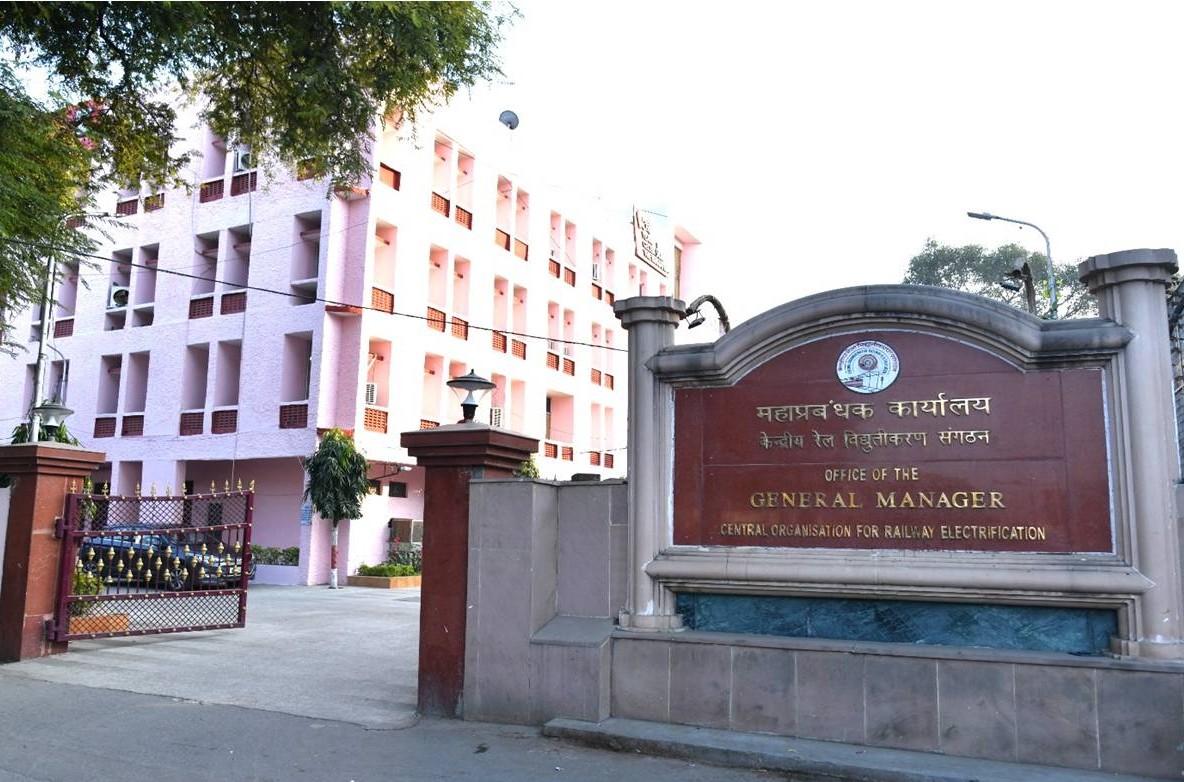Railway Electrification: A Journey
Indian Railways has progressively electrified its rail routes to reduce dependence on imported petroleum, enhance energy security, promote eco-friendliness, and modernize the system.
The journey of railway electrification in India began with the introduction of the first electric train on February 3, 1925. This train operated on a 1500 V DC system and ran from Bombay Victoria Terminus to Kurla Harbour. This marked a significant turning point for the development of railways and the growth of suburban transport systems in Mumbai and other metropolitan cities. Madras (now Chennai) was the second metropolitan city to adopt electric traction on May 11, 1931.

Post-independence, the Howrah-Burdwan section was electrified using a 3000V DC system. However, a major shift occurred in 1955 when French National Railways (SNCF) demonstrated the superiority of the 25 KV single-phase, 50 cycles (industrial frequency) A.C. syste. Indian Railways adopted this system for its electrification schemes in 1957, collaborating initially with SNCF. After acquiring the necessary expertise, Indian Railways began carrying out electrification works independently. The first section electrified on Indian Railways using the 25 kV AC system was Rajkharswan-Dongoaposi (75 RKM) in the South Eastern Railway on August 11, 1960.
History of Central Organization for Railway Electrification (CORE)
The necessity for a dedicated organization to manage and streamline the complex process of railway electrification led to the creation of the Central Organization for Railway Electrification (CORE). This was driven by the need for specialized expertise, centralized coordination, standardization, a focus on efficiency and cost-effectiveness, long-term strategic planning, and environmental sustainability in electrification projects.
Railway Electrification as an organization was established in 1961 with the mandate to electrify Indian Railway tracks as approved by the Government of India. Initially, this unit was based in Kolkata and was known as the Project Office for Railway Electrification (PORE). It was headed by an Engineer-in-Chief and played a significant role in executing railway electrification projects.
Under the control of these projects, the office of the Central Organization at Allahabad was set up in the year 1979, headed by the AGM.Subsequently, as more and more projects were sanctioned in the 80s, new project offices were also set up at Ranchi, Baroda and Kota and were placed under the control of AGM/CORE/ Allahabad.
From 1982 to 1984, the electrification headquarters was established in Nagpur under an additional general manager. Recognizing the advantages of PORE and the growing emphasis on electrification, the Government of India decided to form an organization to oversee and execute electrification projects on a pan-India basis. This led to the establishment of "The Central Organisation for Railway Electrification (CORE)" in Allahabad (now Prayagraj), headed by an Additional General Manager (AGM).
As more projects were sanctioned in the 1980s, new project offices were set up in Ranchi, Baroda, and Kota, all placed under the control of AGM/CORE/Allahabad. In 1987, a full-time General Manager (GM) was appointed at Allahabad to head CORE, and subsequently, all Railway Electrification projects, including those in Vijayawada and Madras, were brought under the Central Organisation at Allahabad.

CORE has played a vital role in achieving the ambitious target of 100% electrification of all broad gauge railway routes. It has achieved important milestones through its project units in Ahmedabad, Ambala, Bengaluru, Chennai, Jaipur, Lucknow, Kolkata, and Secunderabad.
By the time India gained independence in 1947, its railway network spanned over 50,000 km. Historically, the network was primarily fueled by coal and diesel. While only 388 Route Kilometers (RKMs) were electrified in the pre-independence period, significant electrification efforts were undertaken thereafter. The share of electrified tracks has seen a substantial increase, rising from 24% in 2000 to 40% in 2017, and reaching over 96% by the end of 2024. By June’2025, 68,592 RKMs Indian Railway network had been electrified, constituting 99% of the total network.
With rapid electrification on Indian Railways in the 46 years since its inception, CORE has played a pivotal role in this endeavor, achieving the electrification of 48,029 route kilometers, representing 70% of the total electrification work. In the past 10 years, CORE has demonstrated unprecedented speed and significantly contributed to the development of Indian Railways by electrifying 26,441 route kilometers, including a historic record of 4,770 route kilometers in the year 2022-23.
Currently, CORE has successfully met all electrification targets set by the Ministry of Railways, Government of India.
 Search |
Search | 






 Search |
Search | 




